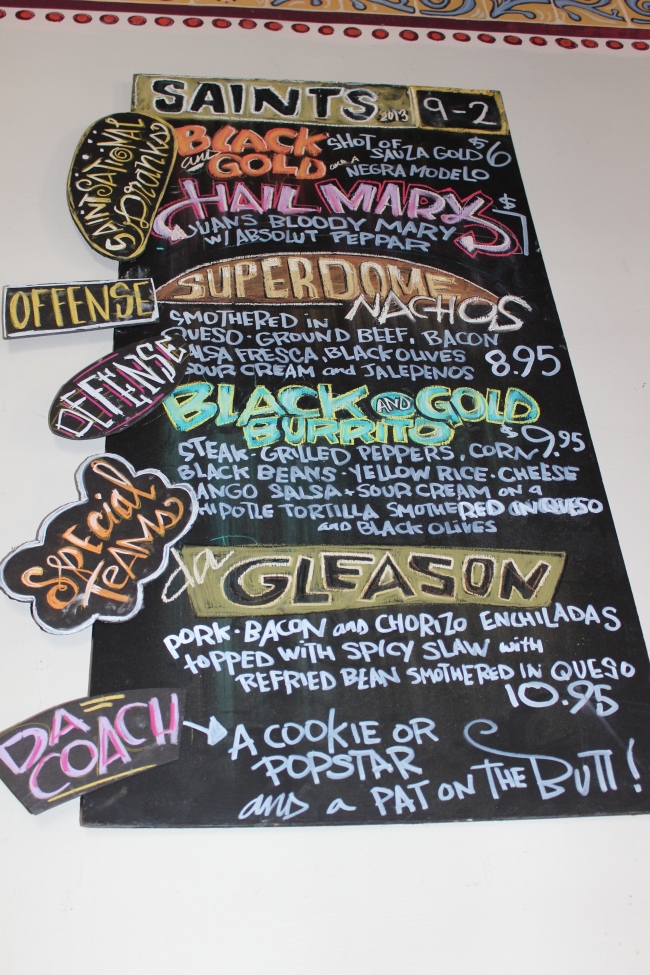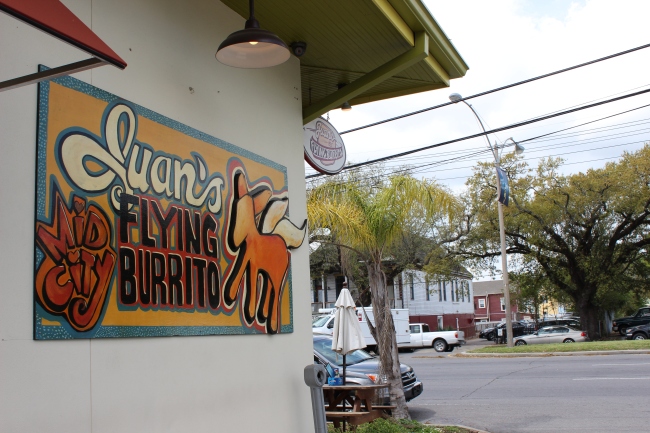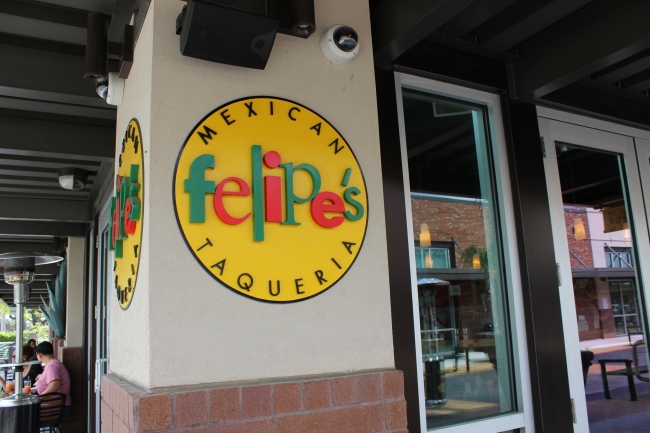As some of you already know, an on-site (and online) exhibit at the Southern Food and Beverage Museum is going to accompany our Restaurant Row Recovery Project. We are working on the possibility of publications in scholarly journals as well. All of this seemed relatively standard for this type of project, but as to how blogging fit into this, I was clueless.

Rising Tide NOLA 5 New Media Conference Poster. Graphic Art by Greg Peters of Suspect Device (click the photo for a link to more of Greg's work)
On August 28th I discovered that we had at our disposal an entirely new media format for our project to tap into: blogging. I know this sounds odd since we have been blogging about our project for weeks now, but I never really understood the potential of such an avenue until I attended the 5th annual Rising Tide NOLA New Media Conference. Until that rainy Saturday I thought of our blog as simply a method of providing some chronological feedback on our progress, and as a possible source of topics for further exploration.
Prior to this project I was not a blogger. Until this conference I never truly understood the power, and access, blogging could provide. The new media conference (subtitled A Conference on the Future of New Orleans) changed that.
What I am somewhat familiar with is the jambalaya of emotions that go along with doing field work in New Orleans. Self doubt gets sautéed with shyness and preemptive humiliation to create the perfect discomfort food, and I had a feast before me. What did come as a surprise were the jitters I had about making our project public. The bloggers I met at the conference seemed immune to such thing. In fact, they actively strive to be public.
At this point in my life all of the conclusions and analysis of my previous work remained in a closed academic system, thus lessening potential shortfall fears. The final outcome resulted in grades in a grade book, some brief experiences and encounters with the public, and a new semester of classes. In other words, no harm, no foul. But this project is different; this project is not just for a grade. This project is for adding to the knowledge base of Anthropology, for shedding more light on the role restaurants play in New Orleans culture, and for contributing to the understanding of a New Orleans post Katrina neighborhood recovery. All of this sounds fantastic on paper (and in theory), but how can it become practical? How do we add our findings to the elusive knowledge base? How does our research, and academic fantasizing, make the way from bits of collected data to printed literature and disciplinary journals to public knowledge and discourse?
The bloggers and conference attendees– active and aware citizens – are providing us an alternative answer: new media. Part of the same media some the restaurants on our Row use to tell their own stories (a topic covered on this blog by David Beriss). Key note speaker Mac McClelland of MotherJones.com and author of For Us, Surrender Is Out Of The Question: A Story From Burma’s Never-Ending War, went so far as to say that the rise of “citizen journalist” was evidence that new media was a forerunner to pushing for cultural change and cultural awareness. I came away from this event in agreement.

Keynote spearker Mac McClelland. Photo by Bart "Editor B" Everson of b. rox (click the photo for a link to more of Editor B's work)
McClelland also spoke against the recent government, and BP, reports on the amount of oil still present in the Gulf. She argued the oil is not gone and that the seafood and restaurant industry are going to be reeling from this for a long time, a sentiment echoed by two of the restaurant owners I have interviewed. McClelland praised the blogging community of New Orleans for its dedication and passion for the city. The New Orleans blogosphere (and now us, the RRR team, to a lesser extent) are creating transparency and focus to a city in recovery.
Taking this one step further it is now apparent to me that new media can be tremendously useful for future academic recovery projects like this one. Gone are the days of the lonely anthropologist heading off to some far away exotic locale with a notebook and pencil. Technological advances like new media allow us to not only document our ongoing work, but also to achieve a level of transparency previously unattainable. Analysis and conclusions can be viewed as a process instead of an event. Consultation can come from a variety of far away sources, and perhaps most importantly, our study subjects can be involved like never before.
New media is a powerful tool. I am honored to have been invited to the conference, and am inspired to further utilize this avenue for my future anthropological and social justice work. I would like to say thank you to all those who continue to provide the community with an alternative voice.
30.028633
-90.066546


 Felipe’s Taqueria (http://www.felipestaqueria.com)
Felipe’s Taqueria (http://www.felipestaqueria.com)













 Photo borrowed from:
Photo borrowed from: 


